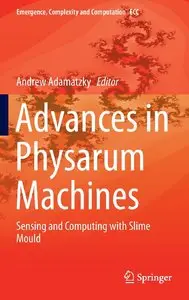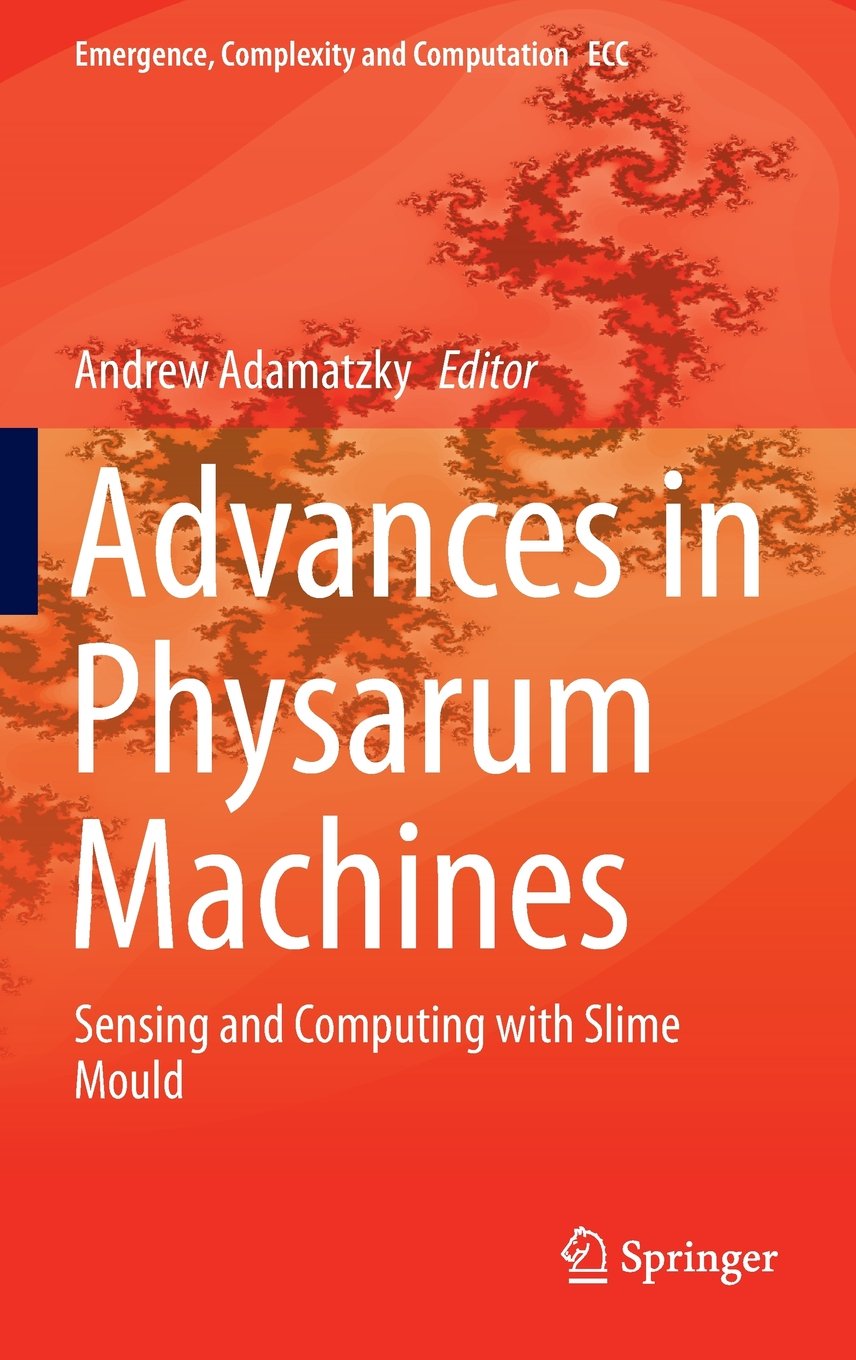Advances in Physarum Machines: Sensing and Computing with Slime Mould
Springer | Complexity | Jan. 10 2016 | ISBN-10: 3319266616 | 839 pages | pdf | 41.06 mb
Springer | Complexity | Jan. 10 2016 | ISBN-10: 3319266616 | 839 pages | pdf | 41.06 mb
Editors: Adamatzky, Andrew (Ed.)
A 'bible' of experimental computing with spatially extended living substrates
Presents topics of complex systems, emergence, self-organization, mathematical machines in any easily understandable way
With contributions from world top experts in applied and computer science, biology, logics and philosophy, nanotechnology
Lavishly illustrated
With visually attractive examples of slime mould based computing devices
This book is devoted to Slime mould Physarum polycephalum, which is a large single cell capable for distributed sensing, concurrent information processing, parallel computation and decentralized actuation. The ease of culturing and experimenting with Physarum makes this slime mould an ideal substrate for real-world implementations of unconventional sensing and computing devices
The book is a treatise of theoretical and experimental laboratory studies on sensing and computing properties of slime mould, and on the development of mathematical and logical theories of Physarum behavior.
It is shown how to make logical gates and circuits, electronic devices (memristors, diodes, transistors, wires, chemical and tactile sensors) with the slime mould. The book demonstrates how to modify properties of Physarum computing circuits with functional nano-particles and polymers, to interface the slime mould with field-programmable arrays, and to use Physarum as a controller of microbial fuel cells.
A unique multi-agent model of slime is shown to serve well as a software slime mould capable for solving problems of computational geometry and graph optimization. The multiagent model is complemented by cellular automata models with parallel accelerations. Presented mathematical models inspired by Physarum include non-quantum implementation of Shor's factorization, structural learning, computation of shortest path tree on dynamic graphs, supply chain network design, p-adic computing and syllogistic reasoning.
Number of Illustrations and Tables
323 illus., 131 in colour
Topics
Complexity
Computational Intelligence
Bioinformatics
Artificial Intelligence (incl. Robotics)
Nonlinear Dynamics
Robotics and Automation
Click Here to Buy the Hardcover from Springer
Click Here for More books



